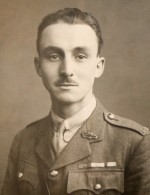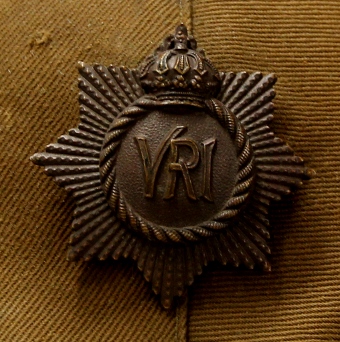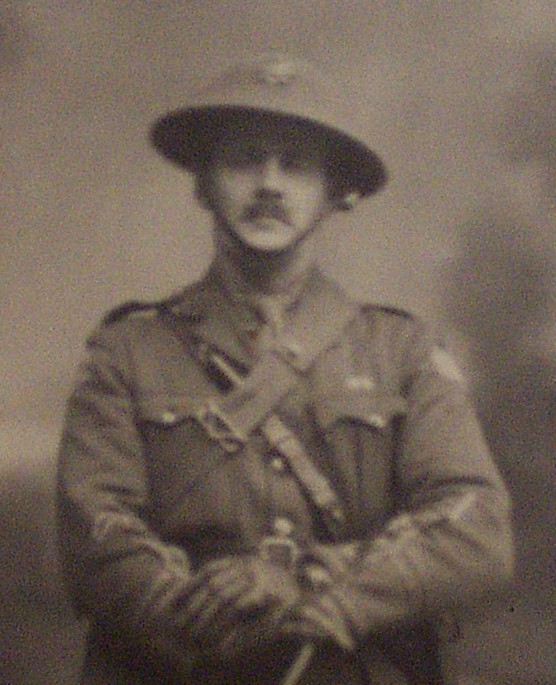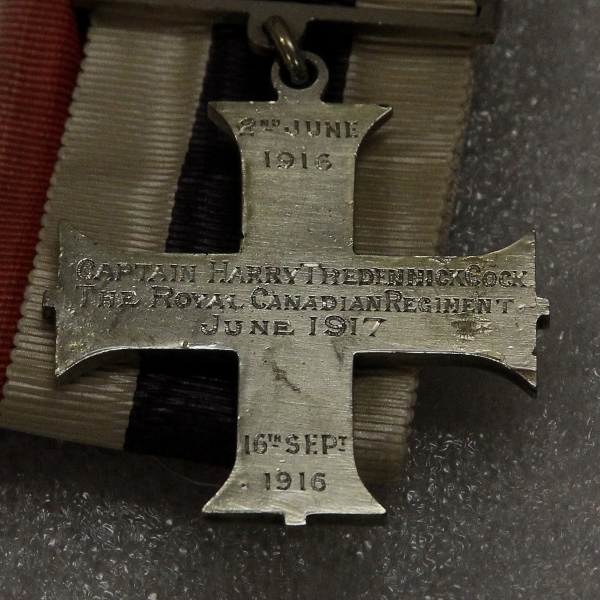Topic: The RCR Museum

Invincible Wall Holding Back Museum Work
Ottawa Citizen; 29 June 1977
By Nick Martin, for the Canadian Press
London, Ont.—Five wars have never produced an obstacle that has taken The Royal Canadian Regiment longer to overcome than the washroom wall in its own A-block building.
The invincible wall hides an antiquated washroom that blocks a much-needed expansion of the regimental museum at Wolseley Barracks.
Capt. Ray Britton, museum curator and regimental adjutant, explained that before any structural changes can be made in the museum, the ministry of national defence has to give its approval.
A request to demolish the wall has been meandering through the chain of command for the last year.
The museum has more than enough artifacts for the additional space and enough visitors to justify exhibiting as much material as possible, Britton said.
"By 1983 we hope the museum will encompass a mini-theatre to show historical films and a proper archives," he said, "The museum is becoming more popular, especially to American visitors to the city."
Ironically, more Americans than local residents seem to be aware of the museum's existence, said Cpl. Ed Duffney, one of the forces personnel assigned to the museum. "A lot of people in London don't realize it's here."
Museum Located in Barracks
Located on the second floor of the original barracks building erected in 1886, the museum crams much history into a few square feet.
London children frequently visit it in school or club and scout tours and word is working back to their parents.
Displays of histrical material in area shopping centres, part of a new community program that may be resumed in the fall, should also spread the word about the museum, Britton said.
Since its formation in 1883, The Royal Canadian Regiment, Canada's oldest [regular force infantry regiment], has distinguished itself in the Northwest Rebellion, Boer War, First World War, Second World War, Korean War and in its recent peacekeeping role in Cyprus.
The museum is arranged chronologically, but the proposed expansion would allow it to devote individual rooms to chronological displays of uniforms, weapons, medals and equipment.
"The weapons display is quite an attraction," Master Cpl. Jim Wellhauser said, adding that the Boer War exhibit of old uniforms, equipment and photographs is a close second.
Many Medals Donated to Museum
Medals remain the museum's pride and joy.

"A lot of people donate their medals to the museum," Duffney said, But because medals are so important to those to whom they were aware, those awarded during the Second World War and Korea are generally kept by their owners.
In 1979, Milton Gregg's medals were stolen from The RCR Museum. Their whereabouts remain unknown.
London Free Press, 10 Nov 2012 - Hunt on for storied vet's ripped-off Victoria Cross
London Free Press, 1 Nov 2013 - Milton Gregg’s rare medal was stolen in 1979 from Wolseley Barracks
 Britton says he craves a Victoria Cross, but it is a difficult commodity to procure, Former regiment member Brig. Milton Gregg won a Victoria Cross in 1917 at
Britton says he craves a Victoria Cross, but it is a difficult commodity to procure, Former regiment member Brig. Milton Gregg won a Victoria Cross in 1917 at Vimy Ridge Cambrai, but he retains it at his home in Fredericton.
Gregg, a spry 84, visited London recently to take the salute at the regiment's trooping the color ceremony.
Any medal awarded in 1918 or earlier is almost certain to be in the museum's collection. American medals of every nature are also at Wolseley, including the Congressional Medal of Honor.
Not every artifact reflects the spit and polish of the regiment. Many are grim reminders of battles that added names to the roll of honor in the museum's chapel; German shell casings, Nazi flags, Boer bayonets, Russian machine-guns.





 Along the way Cock was a notable regimental personage in
Along the way Cock was a notable regimental personage in 









